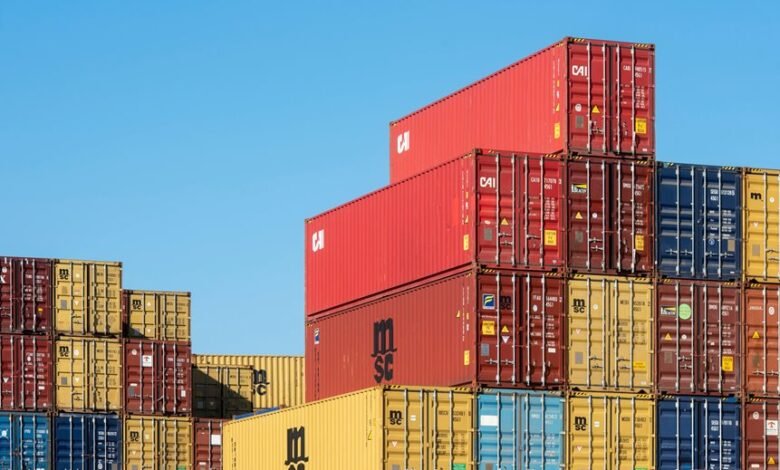341002901 Tracing Breakdown in Call Distribution

The analysis of code 341002901 reveals critical inefficiencies in call distribution systems. These inefficiencies often stem from outdated technology and improper routing protocols. As a result, organizations face misdirected calls and longer wait times, ultimately affecting customer satisfaction. Addressing these challenges requires a strategic approach. However, the solutions are not straightforward and demand careful consideration of both technology and personnel training. What specific measures can organizations implement to enhance their call handling processes?
Understanding Call Distribution Systems
How do call distribution systems operate to manage incoming communication effectively?
These systems utilize advanced call routing techniques and system integration to direct calls to the appropriate agents. By analyzing incoming traffic patterns, they ensure optimal resource allocation, reducing wait times and enhancing customer satisfaction.
This structured approach allows organizations to maintain flexibility while efficiently managing communication, ultimately supporting a desire for operational freedom.
Common Causes of Call Distribution Breakdowns
While call distribution systems are designed to streamline communication, various factors can contribute to their breakdowns, leading to inefficiencies and customer dissatisfaction.
Common causes include improper call routing protocols, which can misdirect calls, and system failures resulting from outdated technology or insufficient maintenance.
Additionally, human error during the setup phase can exacerbate these issues, further complicating effective call distribution.
Impact of Call Distribution Issues on Customer Experience
Call distribution issues can significantly undermine the overall customer experience.
These problems hinder service responsiveness, leading to longer wait times and unresolved inquiries. As a result, customer satisfaction diminishes, fostering frustration and dissatisfaction among clients.
Inefficiencies in call handling can create a perception of unprofessionalism, ultimately damaging the brand’s reputation and eroding customer loyalty in an environment that values timely and effective communication.
Strategies for Improving Call Distribution Efficiency
To enhance call distribution efficiency, organizations must implement a multifaceted approach that addresses both technology and personnel training.
Effective call routing systems should be integrated with robust performance metrics to monitor agent effectiveness and customer satisfaction.
Regular analysis of these metrics allows for the identification of bottlenecks, enabling targeted improvements that foster a more dynamic and responsive call handling environment.
Conclusion
In conclusion, addressing the 341002901 tracing breakdown in call distribution is essential for enhancing operational efficiency and customer satisfaction. While some may argue that technological upgrades are costly, the long-term benefits of reduced wait times and improved routing far outweigh initial investments. By prioritizing system maintenance and staff training, organizations can create a more responsive call environment, ultimately fostering customer loyalty and ensuring a competitive edge in an increasingly demanding market.





